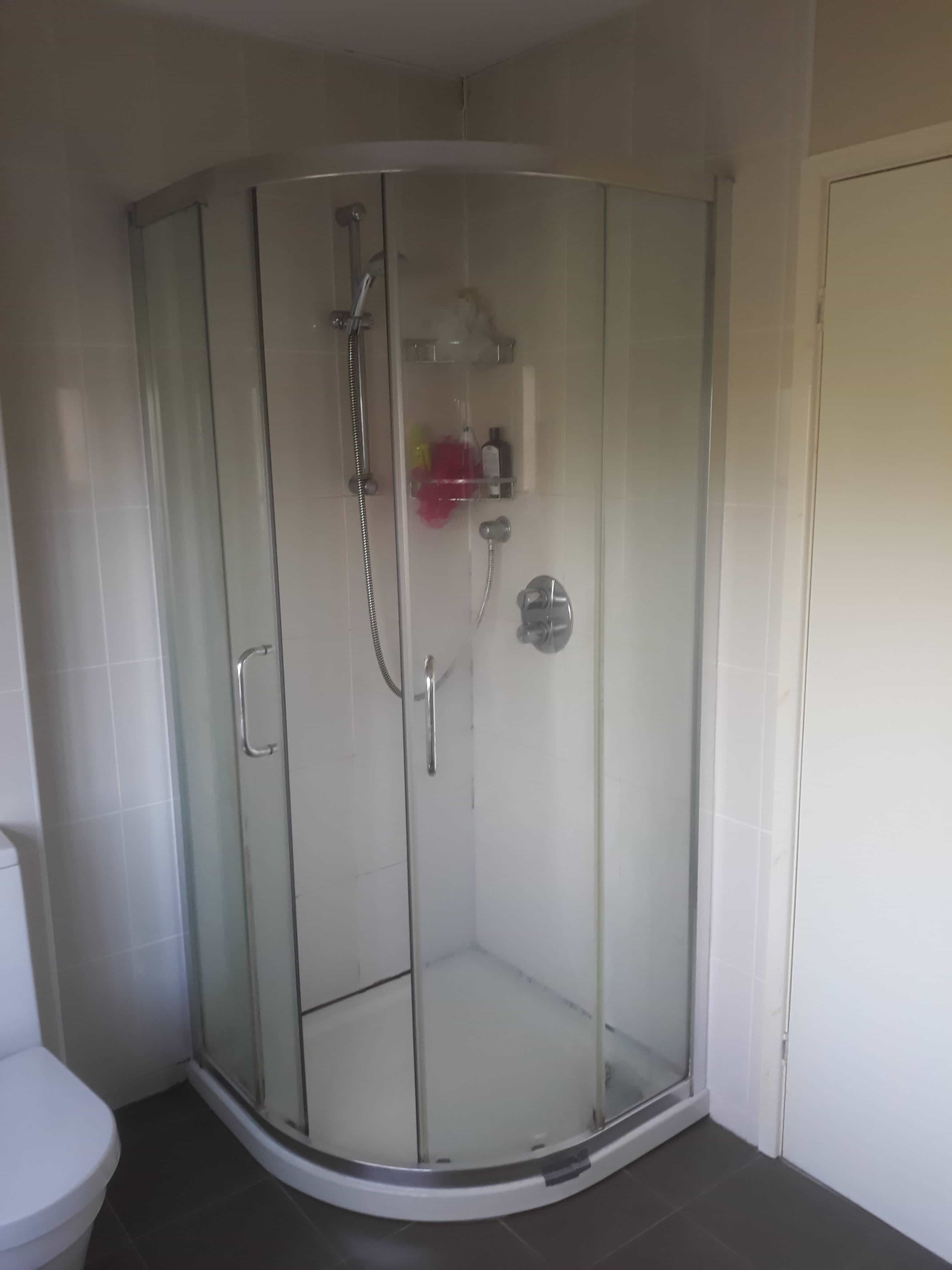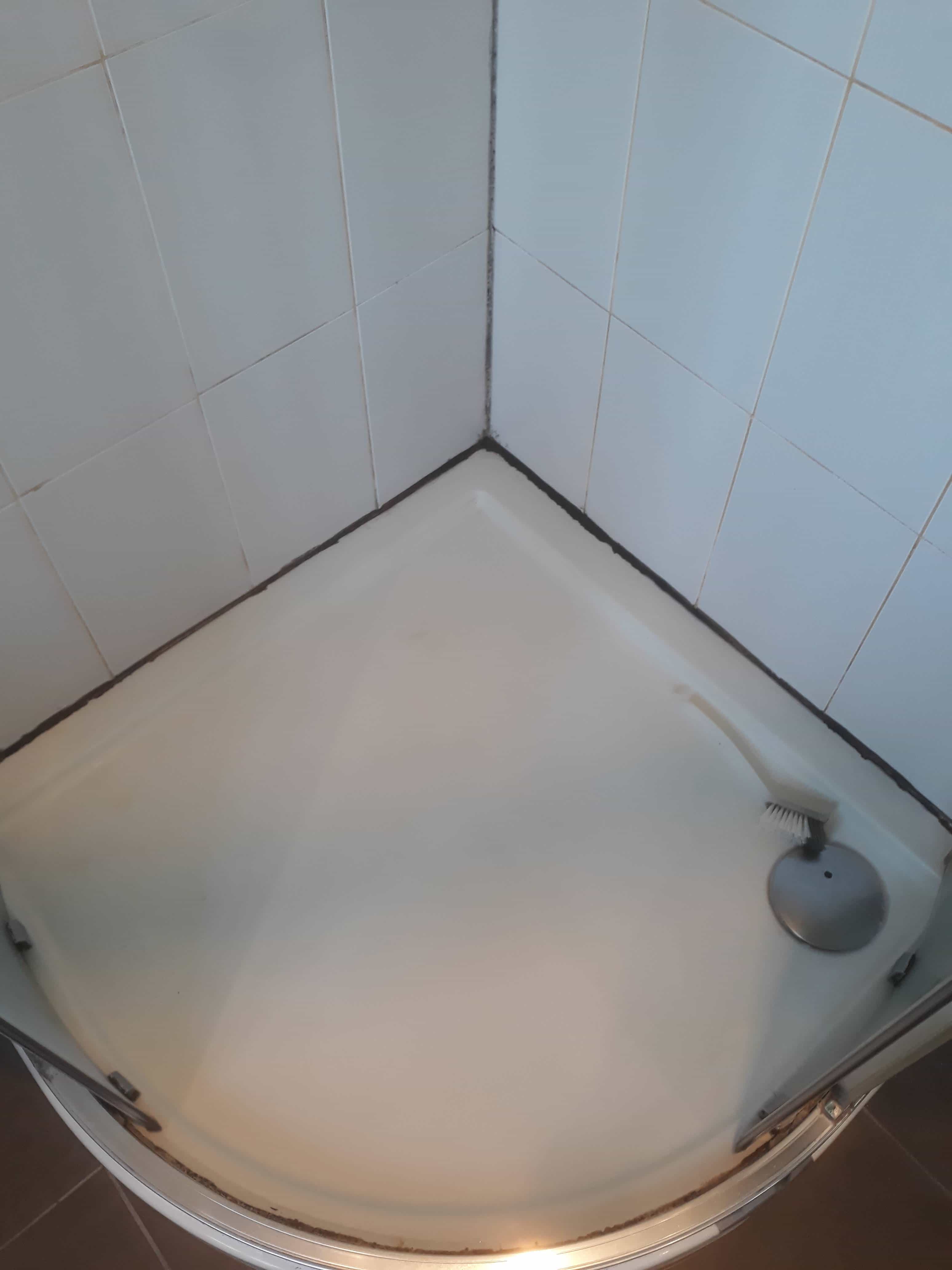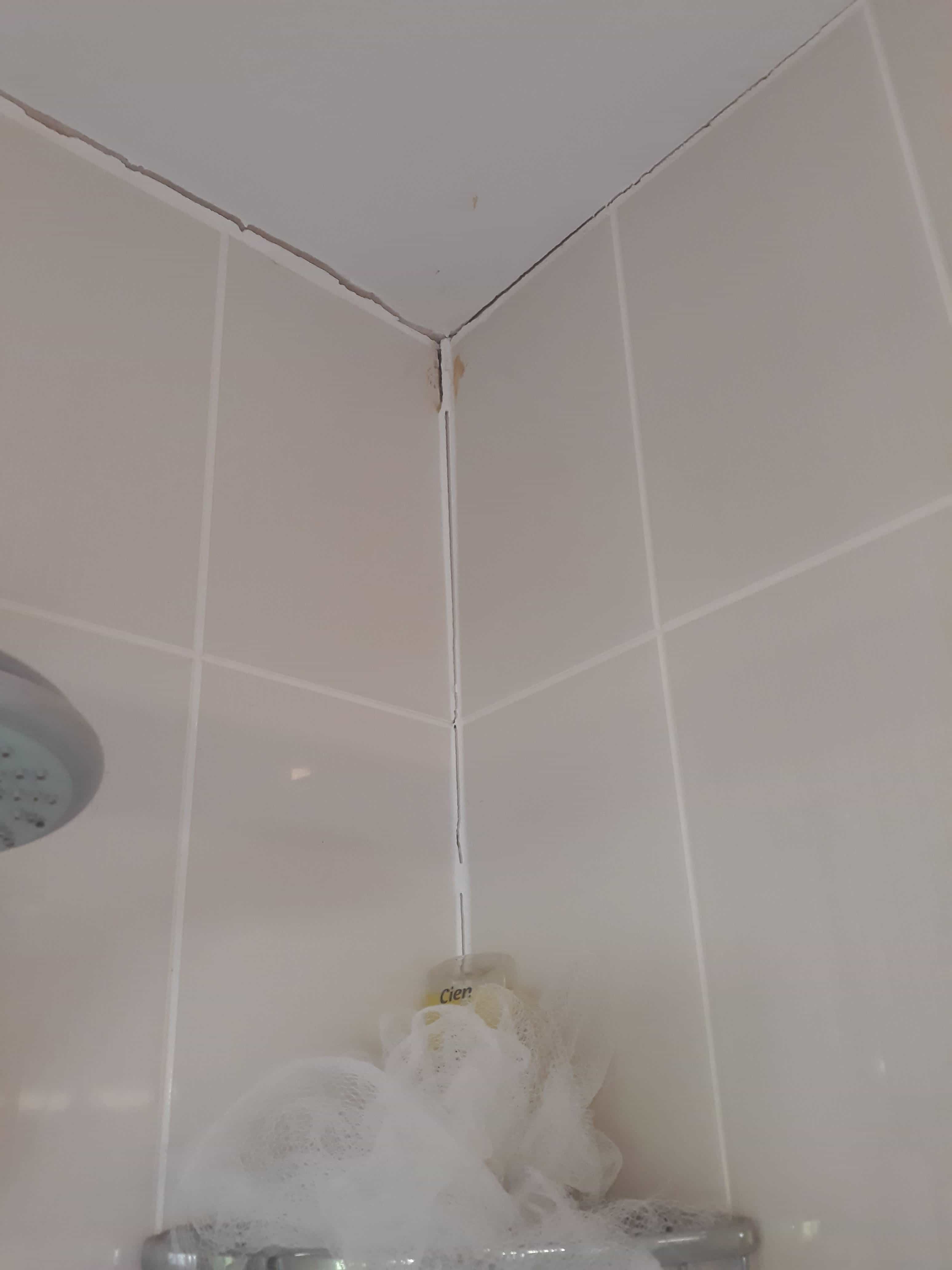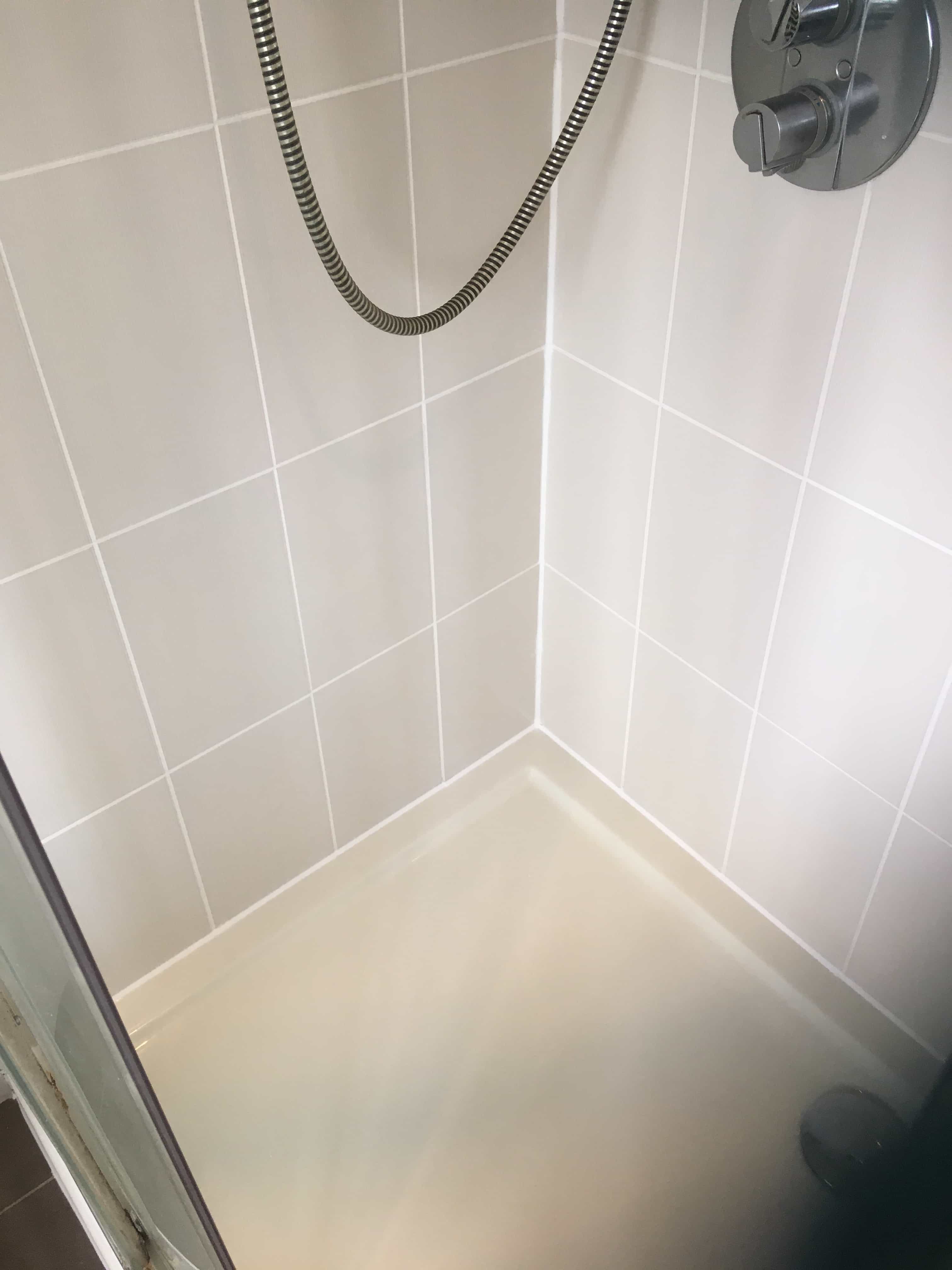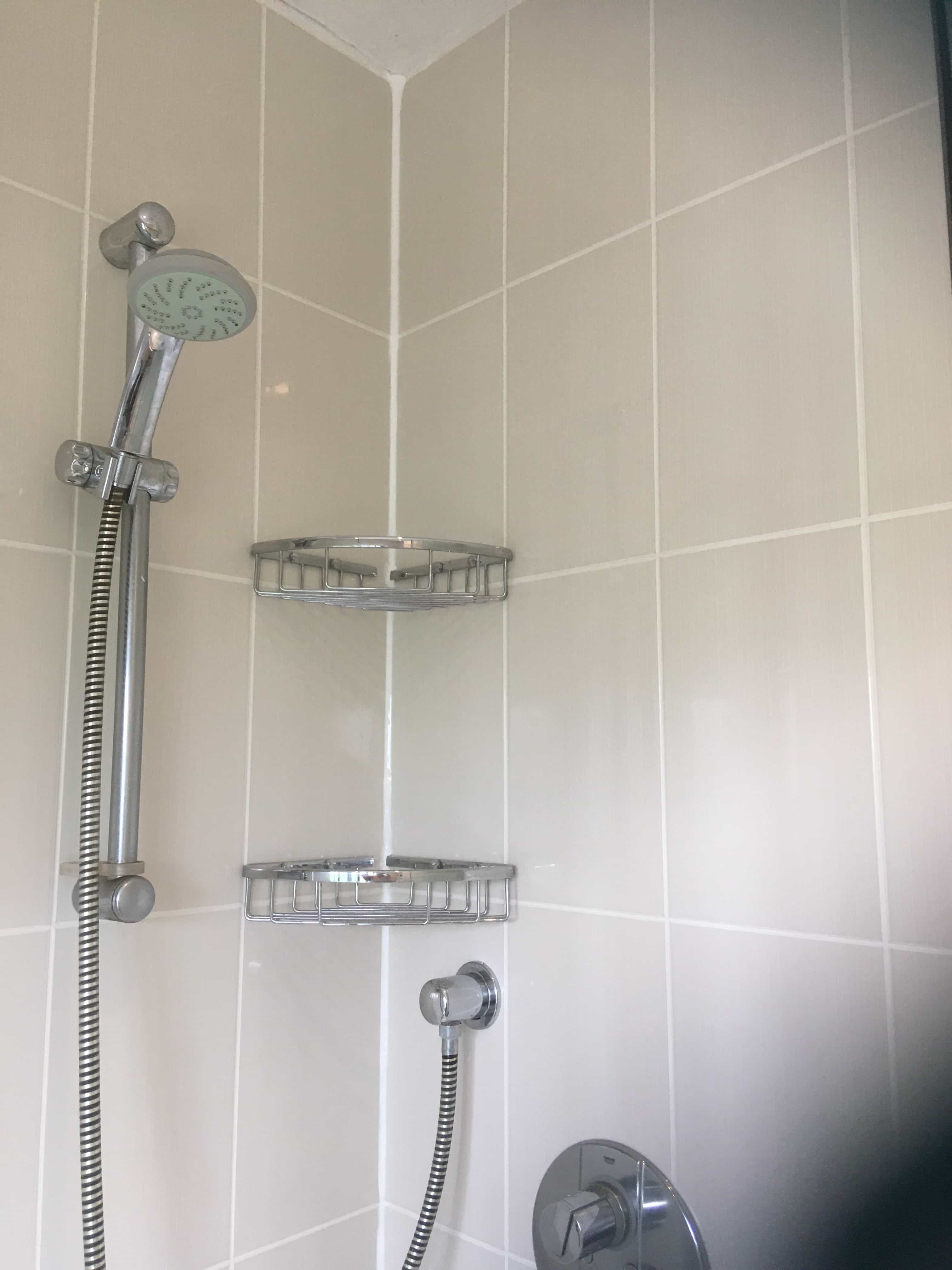You’ve spent the time, the money, and the effort putting in that new hardwood floor—and it shows! Protect your investment by following a few simple rules, and keep that floor looking showroom-worthy for years to come.
1. An Un-Welcome Entry
You’re probably ready to invite friends and neighbors over to ogle your newest project, but before you do, roll out the Welcome Mat. Literally. This simple thing is more than a gesture to let your guests know they’re welcome in your home. It’s also a reminder to wipe your feet before coming inside. Besides the obvious dirt and grime that can enter your home, smaller pieces of grit can get ground in, causing your floor to age prematurely. And who wants to look older than they are?
2. No Shoes, No Entry!
Yes, we know. Wear and tear is bound to happen, but some things cause wear and tear to happen much quicker—high heels, for instance. So, we’d like to offer a suggestion. For some, it might sound extreme, but it’s a common custom in many cultures around the world. If you’re comfortable doing so, now's the time to institute the “no shoes in the house” rule. It’s probably more convenient if you live in a climate where "slippahs" are the norm, but it’s still a good practice in general.
Aside from the regular foot traffic and high heels that can wear down the floor, keeping shoes out of the house also prevents the possibility of tracking dangerous chemicals like arsenic or lead into your home. These chemicals are sometimes present in the soil of homes near refineries. Check with your local university extension services for information on how to test the soil for these chemicals.
3. Using Wrong Floor Cleaners
They may all sound alike, but they aren’t all made the same. The wrong cleaner can contain abrasives, waxes, or harsh chemicals, which can either strip or cause a waxy buildup that can dull the floor. Verify with the installer or manufacturer what types and methods of floor cleaning are best for your particular product.
4. Unprotected Furniture Feet
Attaching felt pads under the feet of your furniture is a must. Even small adjustments made to straighten out the coffee table or push a sofa away from the wall are enough to mar the surface. These pads are inexpensive and attach to the bottom of the feet with a peel-and-stick adhesive side to keep them in place.
5. Too Much Sunlight
Just like you don’t want the sun’s rays to hit your skin without proper UV protection, the same goes for your floor. Direct sunlight can fade the finish and cause discoloration, which becomes obvious when you move the furniture or rugs to expose those previously protected sections. Keep direct sunlight to a minimum by closing blinds or drapes during those times of the day. And consider rearranging furniture now and then to allow you to clean the neglected spots and hidden areas and offer shade to those areas that were once exposed.
6. Wrong Rug Pad
A nice area rug adds warmth and coziness to a room in addition to protection from sun exposure and foot traffic. Keep you and your guests safe by installing non-slip padding underneath. Rubber-backed mats have great non-slip qualities, can dull the finish. Consider rug pads that contain a combination of felt and rubber to keep those rugs from moving around and causing tripping hazards.
7. Improper Vacuum Attachment
The beater brush used for rugs is—ahem—for rugs. The floor attachment is a less aggressive cleaning method that sucks up the never-ending amount of grit and dust bunnies that seem to escape no matter how much sweeping and vacuuming we do.
8. Pet Nails
It’s not just the nails of large, heavy dogs that can scratch up the floor. Your little fur babies might not have the weight behind them, but they have claws, and if they can scratch up your skin, they can do the same to the floor. Keeping those nails trimmed reduces the likelihood of damage while increasing your sanity by reducing the infernal clicking of their toes when they walk around at night!
9. Put the Brakes on Those Wheels
The convenience of a home office has never been so important as it has been in the past year. A dedicated space must include the all-important rolling office chair. Put a rug or padded mat under that chair to keep scratches at bay. Trust us—we’ve already suffered through the heartache of this tragedy. Please learn from our mistake.
With your new floor in place, keep wear and tear to a minimum by following these simple rules so you can enjoy the new look without worrying about every new scratch that happens.
Source: www.DoItYourself.com
